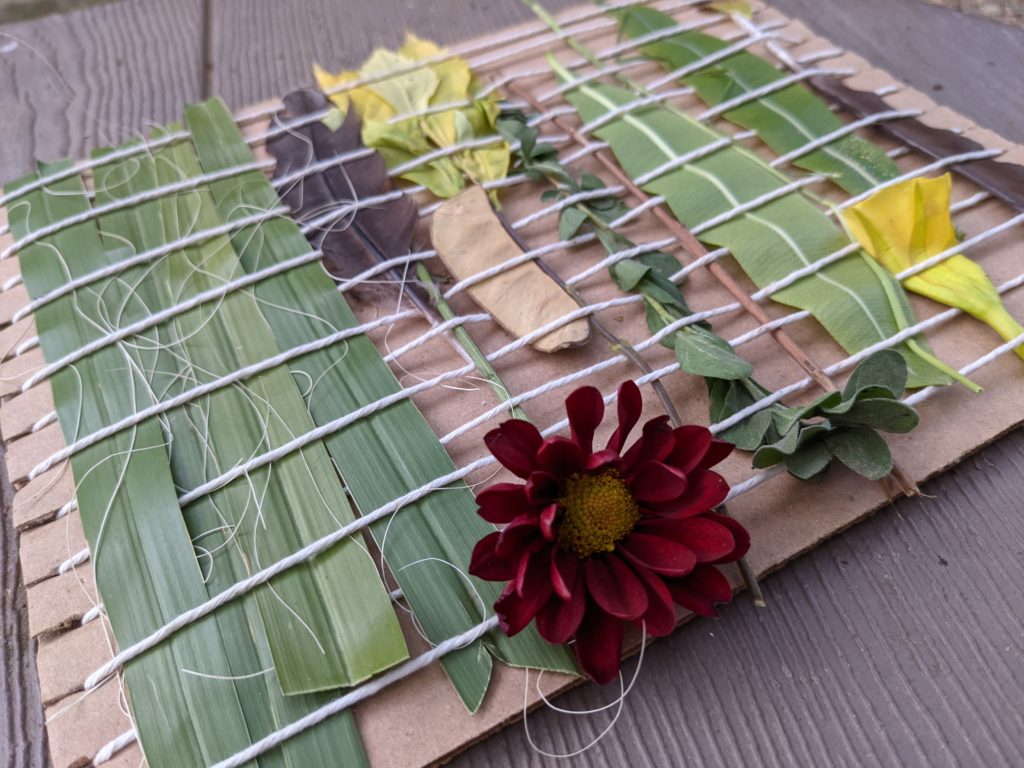How many things are you wearing that are handmade? Do you know how people got their clothes before we had stores? Long ago, people discovered how to make clothes, blankets and even shoes by weaving strands of natural materials together. In fact, weaving has a long history in many different cultures around the world.
Did you know the ancient Egyptians started weaving thousands of years ago, around 3400 B.C.? They made structures called looms that helped them create woven fabrics we now call textiles. In the Americas, some of the earliest woven fabrics that were found in a cave were created between 10,100 to 9080 BCE (Before Current Era). In what we now call Arizona today, the ancient Hohokom people grew their own cotton to weave.
Today, in Arizona, many Indigenous weavers continue these traditions by using natural fibers that come from plants, like yucca, or wool that comes from sheep. Throughout the years, textiles have played an important role in many different communities. Try your hand at weaving with this family friendly activity below.
Nature weaving is a great activity for kids and families to develop fine motor skills and practice patterns to create designs. For this activity you will need a scrap of cardboard, scissors, string or yarn and natural materials. Take a walk around your neighborhood to collect natural materials like blades of grass, flowers, sticks, or leaves!
Procedure:
- Cut a scrap of carboard into a rectangle. (Size does not matter but the larger it is, the more string and natural materials you will need.)
- Cut ½ inch to 1-inche slits along the short edge of each side of cardboard. Each slit should be about ½ inch apart from each other.
- Wind your string or yarn, around the cardboard through the slits. The string should be tight but loose enough that it does not put too much strain on the cardboard. (Fun fact- these vertical strings are called a warp by weavers)
- When you have wound your string around the cardboard, tie the two ends into a tight knot.
- Begin weaving in the natural materials across your warps (vertical strings) by starting on one end. Have the natural item go under, and then over the yarn to the other side.
- Then take your next item and follow the same pattern.
- You can weave with nearly anything, even plastic bags that are cut into long strips. What other kinds of things would you like to try to weave with?
- To learn more about weaving check out some of our favorite books, Goat in The Rug and Rainbow Weaver.

